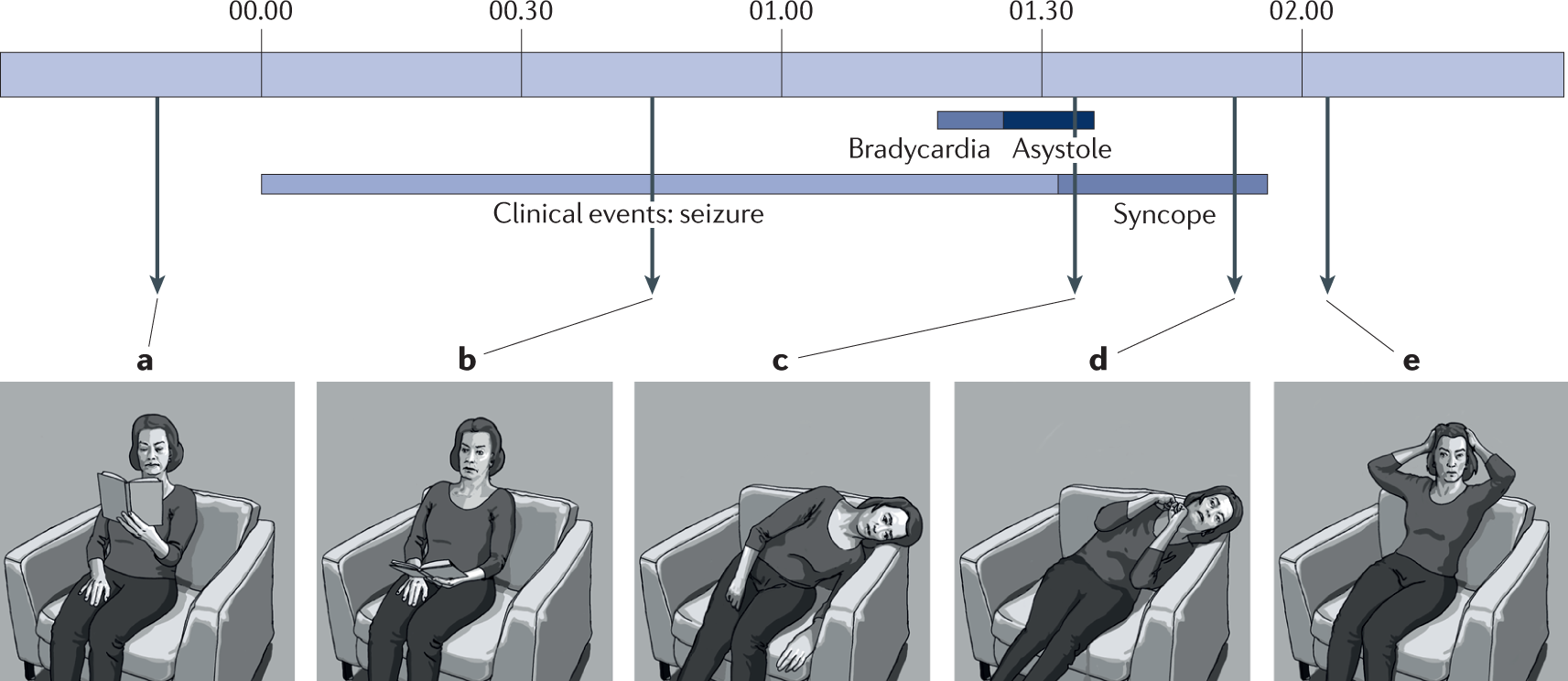Seizures have been identified as a potential cause of unexplained deaths during sleep in children. Recently, there has been an increasing interest in understanding the correlation between seizures and sudden unexpected death in childhood (SUDC). Research has shown that the occurrence of seizures during sleep may contribute to these tragic events.
Understanding Sudden Unexpected Death in Childhood (SUDC)
Sudden unexpected death in childhood (SUDC) refers to the unexplained death of a child over the age of 12 months that remains unresolved after a thorough investigation, including an autopsy and a review of the child’s medical history. This devastating phenomenon has raised numerous questions among parents, caregivers, and medical professionals.
Seizures and SUDC
Seizures, particularly during sleep, have been identified as a potential factor in the occurrence of SUDC. A seizure is a sudden surge of electrical activity in the brain that can cause changes in behavior, feelings, movements, and levels of consciousness. In some cases, seizures can occur without any visible symptoms, making them difficult to detect.
Research has shown that children who experience seizures during sleep may be at a higher risk of SUDC. The exact mechanism underlying this association is still being investigated, but it is believed that the physiological changes that occur during a seizure may disrupt normal breathing patterns, leading to a lack of oxygen and subsequent death.
Recognizing and Managing Seizures in Children
Recognizing and managing seizures in children is crucial in preventing potential adverse outcomes, including SUDC. It is important for parents, caregivers, and healthcare providers to be aware of the signs and symptoms of seizures in children, which can include:
- Temporary confusion
- Sudden staring spells
- Uncontrollable jerking movements of the arms and legs
- Loss of consciousness or awareness
If a child is suspected of having a seizure, it is essential to seek medical evaluation and intervention. Diagnosing and managing seizures often involves a comprehensive approach that may include neurological examinations, imaging studies, and medication management.

Credit: www.science.org

Credit: www.nature.com
Reducing the Risk of SUDC
As the correlation between seizures and SUDC continues to be explored, there are measures that can be taken to reduce the risk of SUDC in children who experience seizures. These include:
- Regular medical follow-ups: Children who have experienced seizures should receive regular medical follow-ups to monitor their condition and adjust treatment as needed.
- Seizure management: Working closely with healthcare providers to develop a comprehensive seizure management plan can help minimize the risk of adverse events, including SUDC.
- Safe sleep practices: Implementing safe sleep practices, such as placing the child on their back in a crib with a firm mattress, can help reduce the risk of sudden unexplained deaths during sleep.
- Educating caregivers: Providing education and support to caregivers, including parents, family members, and childcare providers, about recognizing and responding to seizures can be instrumental in preventing potential complications.
Frequently Asked Questions For Seizures Linked To Childrens Unexplained Deaths During Sleep : Unveiling The Hidden Connection
What Are Seizures In Children?
Seizures in children are sudden, uncontrollable bursts of electrical activity in the brain, often causing changes in behavior or consciousness.
How Are Seizures Linked To Children’s Unexplained Deaths During Sleep?
Seizures can sometimes lead to a condition called sudden unexpected death in epilepsy (SUDEP), which can occur during sleep. This link requires further research for a better understanding.
Can Seizures Be A Cause Of Death In Children?
While seizures can be a contributing factor to some unexplained deaths in children during sleep, it is important to note that the majority of children with seizures live normal, healthy lives.
What Are The Risk Factors For Seizures In Children?
Several factors can increase the risk of seizures in children, including a family history of epilepsy, brain abnormalities, infections, trauma, or certain genetic conditions.
Conclusion
The correlation between seizures and sudden unexpected death in childhood is an area of ongoing research and clinical investigation. By raising awareness about the potential link between seizures and SUDC and emphasizing the importance of recognizing and managing seizures in children, we can work towards reducing the risk of these tragic and unexplained events. It is crucial for parents, caregivers, and healthcare professionals to remain vigilant and proactive in addressing the needs of children who may be at risk.
Leave a Reply